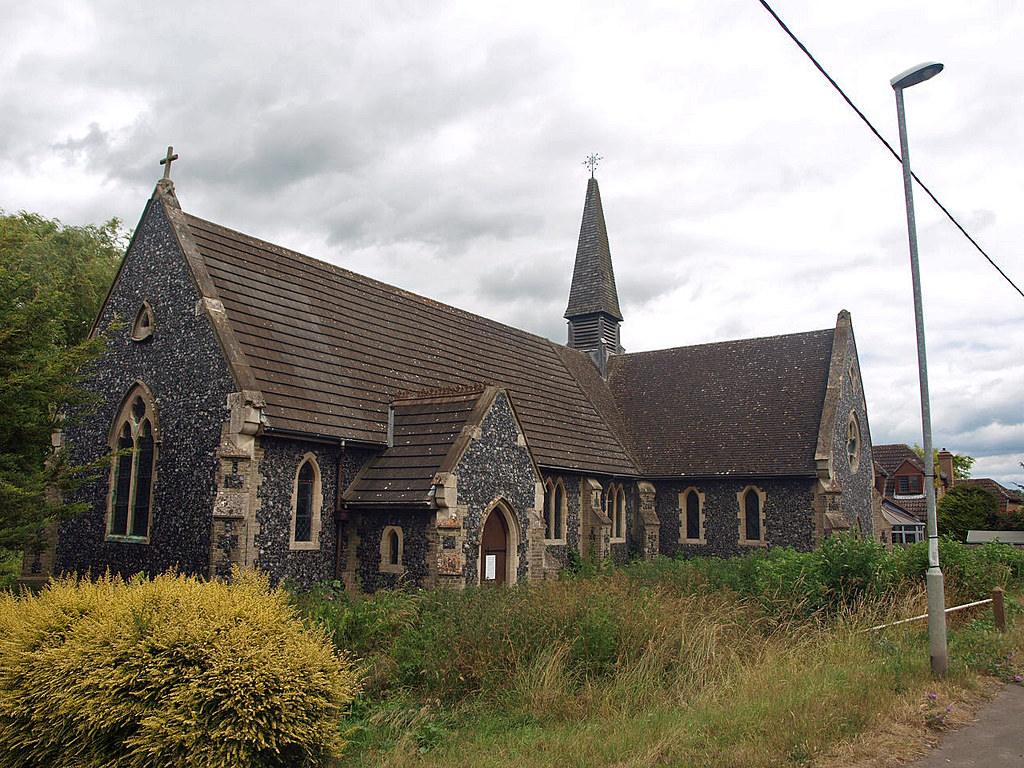To be honest I find the fenland area north of Ely to be almost horrific with its awful roads, desolate landscape and unending sky [it's almost as bad as Lincolnshire] but Prickwillow reaches, or sinks, to new depths.
St Peter is architecturally dull and it's interesting to note that Pevsner only mentions the font and even Mee struggles.
ST PETER. 1868. The FONT* comes from Ely Cathedral. According to its inscription it was given by Dean Spencer in 1693. It stands in its exquisite white marble beauty in the church like a gilt goblet on a poor man’s bare boards. The bowl is decorated with large shells and strings of pearls emanating from them and wound round the pretty necks of cherubs. On the base and the rim spreading acanthus leaves. Who may have designed it? No doubt one of the leading London craftsmen. There is, however, no font in any of the City churches which would be similar enough to risk an attribution.
PRICKWILLOW. The fens stretch round it like a sea, and in its great fertile fields we found cabbages, rhubarb, and potatoes growing round the church. The 17th century bell hanging in the spire of the central turret once rang in Ely Cathedral, and from that lovely place came also the font elaborately carved in Italian marble from designs by Sir Christopher Wren. The bowl is carved with four great shells, and has four cherubs linked together by small sea-shells and a rope of beads. We understand that the church, like the vicarage, is set on piles, and. we gather that one of the steam engines working here to drain the fens discharges 150 tons a minute into the River Lark.
* Now in Oxford Cathedral.
* Now in Oxford Cathedral.

No comments:
Post a Comment